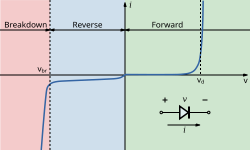Jeanie P
New member
- Joined
- Jun 19, 2007
- Messages
- 138
- Reaction score
- 0
- C Dory Year
- 2006
- C Dory Model
- 22 Cruiser
- Hull Identification Number
- CD022378A606
- Vessel Name
- Jeanie P - sold 11/08
Last week I put the boat in the water and this week I'm bringing my gear aboard. My anchor light would not light after I connected it. I noticed that my running lights (red/green) would light up when I turned on either the anchor switch or the running light switch. The white light never came on with either switch. The bulb looked ok.
Isn't the anchor light only supposed to light when the anchor switch is pressed on?
Any suggestions? thanks.
Allan
Isn't the anchor light only supposed to light when the anchor switch is pressed on?
Any suggestions? thanks.
Allan


